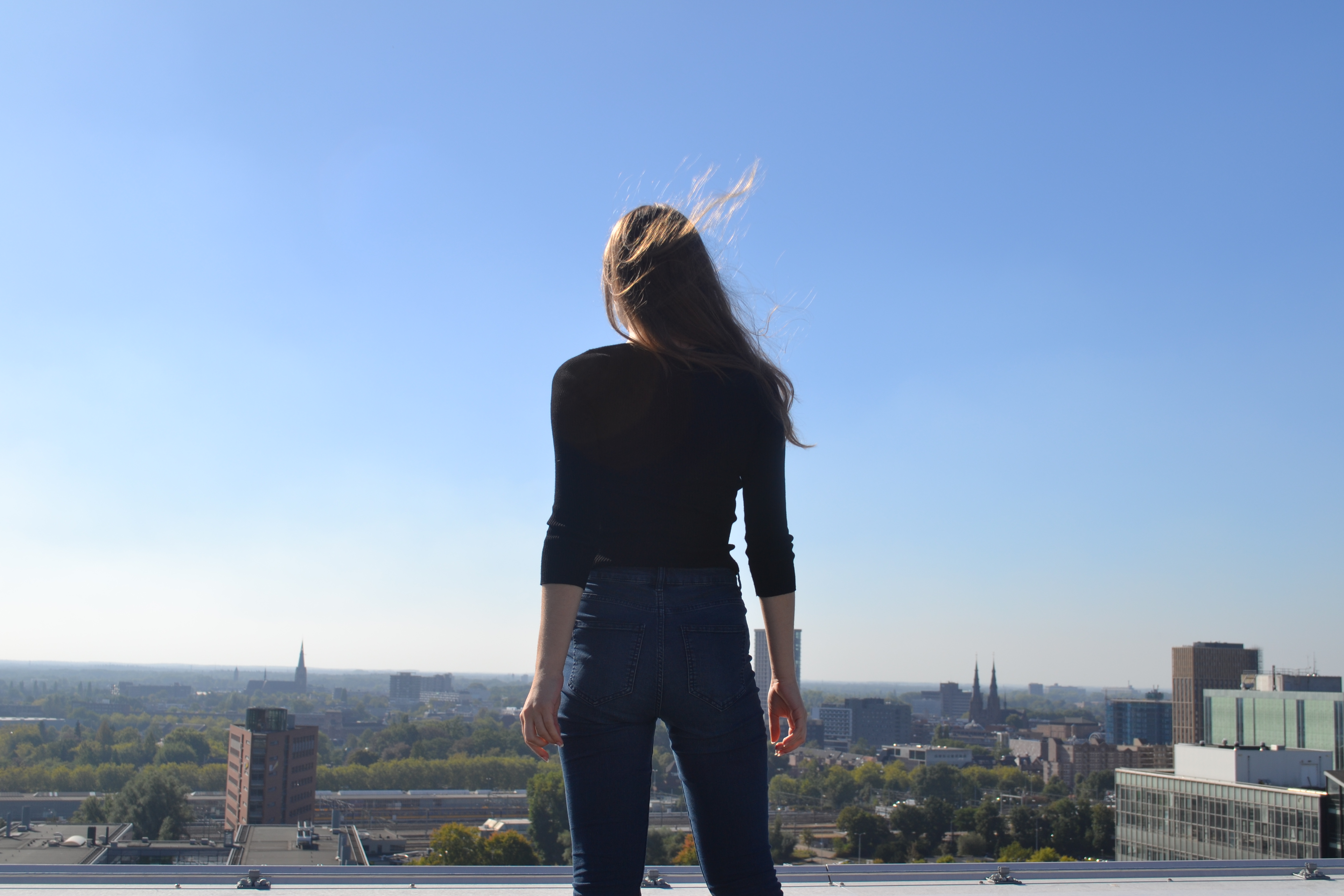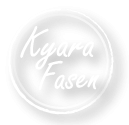I’m Kyara Fasen
I believe it is important for every designer to formulate a clear vision on design, not only to distinguish themselves as designers. But also, and most importantly, to keep their norms and values in the back of their minds at all times when working.
Design truly has the power to shape the world. Design for the future you want to see.
My vision:
In my work I aim to empower and socially integrate people who are affected by health issues and feel restricted to participate in everyday life, I want to use design to enable people to take back control over their own QoL.
Today’s western society seems to be performance-oriented and center around Individualism. We are (un)consciously separating us from each other by putting ourselves and others into boxes with labels. And yes it is true, every person is unique. But in other ways we are really all the same. Like Maslow illustrated in his famous pyramid, we all have the same hierarchy of needs [1]. However it remains important to understand that not every individual has the same opportunities to fulfill these needs. Whether it’s through illness, disability or inability to express themselves. I believe everyone in our society deserves the same opportunities since we all have something unique to contribute to this world. Everyday people experience (social) pressure to perform well, socially integrate, and meet high societal norms. This internal and societal pressure can make people, especially those with special needs and (mental) health issues, feel uncomfortable and vulnerable in everyday situations.
I believe design should focus on creating equality and empowerment for its users. Especially for Individuals with special needs. Design has the wonderful ability to support independence and self-worth within people. It can enhance a person’s quality of life and help them to live healthier and more fulfilled lives by enriching everyday experiences.
It gives me energy to show people the value of designing and reflective thinking and share my passion for social design. Together with the target group for who I’m working I’ll explore what design can offer. I value inclusively and participatively. For me it is important to always put the human being at the center of a process, to create a basis of equality and ownership.
This also keeps me critical. I believe digital technologies have an important empowering and socially engaging role. But are these digital solutions always the optimal way to support people with special needs? Sometimes it isn’t about adding more sensors or providing faster vehicles. Sometimes people can be empowered through self-acceptance or connectedness to others. It’s important to keep on questioning what the core needs of your users are. Quality of life looks different for everyone and I’m here to explore its nuances for my user groups every step of the way.
With my designs I find it important to pay attention to user-product interaction and value the physical aspect of design. I will design for human needs and equality in design through user centered design, and show the impact an empowering design solution can have.

My Professional Identity:
As a designer I design for human needs. I look for the core of a problem or issue people face and show the impact an empowering design solution can have.
For me, design is not just a profession but a way of thinking. It is a way of finding solutions or an opportunity to create something new.
I am a social and enthusiastic person who is always openminded and looking for something new to learn. This character has shaped me into an empathic designer who values user centered design approaches and is aiming for equality and empowerment. I want to help people by improving their self-worth and allowing individuals with special needs to have equal opportunities in our society.
During my studies at Industrial Design I noticed how interested I am in social design and psychology.
I am drawn to people and their personal stories. As I enjoy exploring their underlying motives and responses to interaction with design, and make use of my social nature through filling my design projects with interviews and focus groups. With my designs I want to empower my users and help them to live healthier and more fulfilled lives by enriching everyday experiences. Because of my personal experiences with healthcare systems, I feel compelled to help these groups feel inspired and encourage self-acceptance.
When designing for these vulnerable groups such as people in a revalidation process, living with dementia, visually impaired, or any unique characteristic, I find it important to not only understand, but empathize with these target groups. Within healthcare design (research), I consider empathy a “superpower”. It is not something that can be accomplished solely by desk research. It combines many UX design research viewpoints, methodologies, methods, and technologies. I value inclusivity, this makes it important to me to always put the human being at the center of a process through the usage of user centered design approaches. In order to optimize support for multiple special need groups in their everyday lives, as well as to bridge the knowledge gap between various stakeholders.
I am someone who always likes to dig deeper. When I bury myself in a scenario with UX methods it gives me the opportunity to understand how different interactions and interpretations come to play, and that is where the real fun starts.
In the design process my strengths lay in ideation, creative thinking (C&A) and connecting with my user group (U&S). I like to work in an iterative process, switching between new ideas/improvements and user validation. I prefer to go on this journey in multidisciplinary teams, so much so that even if I’m not assigned to one, I will create one through user and expert involvement. I am namely at my best when I am surrounded with people who inspire me and I can learn from. I find feedback and reflection to be crucial for a designer to get to the optimal end result.
As a designer I design for human needs. I look for the core of a problem or issue people face and show the impact an empowering design solution can have.
Reference
[1] Maslow, A. H. (1943). A theory of human motivation. Psychological Review, 50(4), 370-396. http://dx.doi.org/10.1037/h0054346

